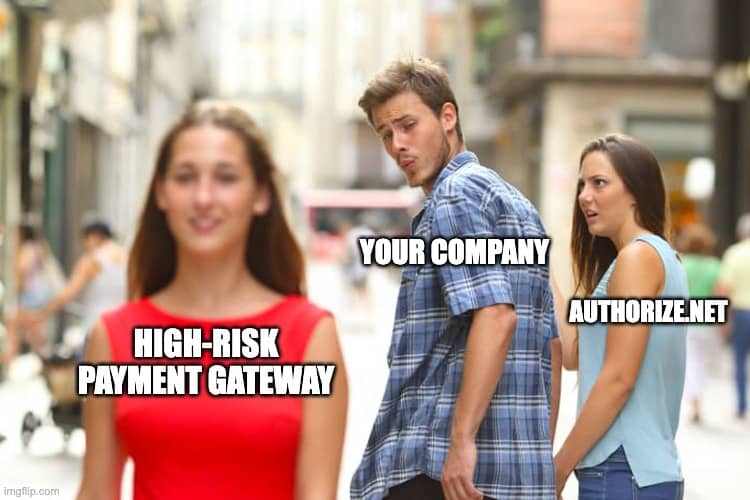ACH Reason Codes: R88 Credit Entry Refused by Receiver

The Automated Clearing House (ACH) is an electronic payment system that facilitates the transfer of money between two or more banks and other financial institutions. This system is used for various purposes, including direct deposits, bill payments, and tax refunds.
R88 ACH Reason Codes are codes used to provide information about why a credit entry has been refused or returned by the receiver. These codes identify the reason for the refusal or return and provide the sender with information on what needs to be done to correct the issue.
The R88 ACH Reason Codes are standardized codes developed and maintained by the National Automated Clearing House Association (NACHA). They are used by financial institutions and businesses to communicate the reason for the return or refusal of a credit entry.
Table of contents
- What is an ACH Credit Entry Refusal?
- Reasons for Credit Entry Refusal
- Understanding R88 ACH Reason Code Format
- Common R88 ACH Reason Codes
- How to Resolve Returned R88 ACH Reason Codes
- What Happens if the Returned Credit Entry is Not Resolved?
- How to Avoid Returned R88 ACH Reason Codes
- Benefits of Using R88 ACH Reason Codes
- Conclusion
What is an ACH Credit Entry Refusal?
An ACH credit entry refusal occurs when a financial institution or business refuses to accept an ACH credit entry. When a credit entry is refused, the receiver is responsible for sending an R88 ACH reason code to the sender. This code will explain why the credit entry was refused or returned.
The most common reasons for an ACH credit entry refusal are incorrect account information, insufficient funds, or the receiver’s bank blocking the transaction. However, other causes may apply, depending on the situation.
Reasons for Credit Entry Refusal
There are various reasons why a credit entry may be refused or returned. These reasons may include the following:
- Incorrect account information: The account information provided by the sender needs to be corrected, complete, or match the receiver’s records.
- Insufficient funds: The receiver needs more funds in the account to cover the transaction.
- Blocked by receiver’s bank: The receiver’s bank has blocked the transaction for various reasons, such as suspicious activity, fraud, or compliance issues.
- Unauthorized credit entry: The receiver has not authorized the credit entry.
- Non-sufficient funds: The receiver does not have enough funds in the account to cover the transaction and the transaction has been returned for non-sufficient funds.
- Account closed: The receiver’s account has been closed or is inactive.
- Uncollected funds: The receiver’s account has uncollected funds.
- Transaction not allowed: The receiver’s bank does not allow the transaction.
- Unauthorized debit entry: The receiver has not authorized the debit entry.
Understanding R88 ACH Reason Code Format
R88 ACH Reason Codes are standardized codes that provide information about why the receiver has refused or returned a credit entry. These codes are five-character codes, beginning with the letter “R” and followed by four numbers.
The first three characters provide information on the reason for the refusal or return. The fourth and fifth characters provide additional information about the specific reason for the return.
For example, an R88 ACH Reason Code of “R88-01” would indicate that the credit entry was refused due to incorrect account information. The “01” indicates that the account number was incorrect.
Common R88 ACH Reason Codes
Here are some of the most common R88 ACH Reason Codes:
- R88-01: Incorrect account information
- R88-02: Insufficient funds
- R88-03: Blocked by receiver’s bank
- R88-04: Unauthorized credit entry
- R88-05: Non-sufficient funds
- R88-06: Account closed
- R88-07: Uncollected funds
- R88-08: Transaction not allowed
- R88-09: Unauthorized debit entry
How to Resolve Returned R88 ACH Reason Codes
When an R88 ACH Reason Code is returned, the sender should take action to resolve the issue. Depending on the code, this may involve verifying or updating the account information, providing additional funds, or contacting the receiver’s bank.
If the return is due to an incorrect account number, the sender should verify it and update it if necessary. If the return is due to insufficient funds, the sender should provide additional funds to cover the transaction. If the return is due to the transaction being blocked by the receiver’s bank, the sender should contact the receiver’s bank to resolve the issue.
What Happens if the Returned Credit Entry is Not Resolved?
If the returned credit entry is not resolved, the sender may be subject to additional fees or penalties. Depending on the financial institution or business, these fees may include late payment, overdraft, or returned item fees.
The sender may also be subject to additional fees or penalties from the receiver’s bank. These fees may include insufficient funds, overdraft, or returned item fees.
How to Avoid Returned R88 ACH Reason Codes
The best way to avoid returned R88 ACH Reason Codes is to ensure that the account information provided is correct and up-to-date. It is also essential to ensure sufficient funds are in the account to cover the transaction.
The sender should also be aware of any restrictions or limitations imposed by the receiver’s bank. These restrictions or limitations may include a maximum amount that can be transferred or specific types of transactions that are not allowed.
Benefits of Using R88 ACH Reason Codes
R88 ACH Reason Codes are an important tool for financial institutions and businesses. They provide an efficient way to communicate the reason for the return or refusal of a credit entry.
The use of standardized codes also helps to ensure that the sender and receiver are on the same page and that the issue can be quickly and easily resolved. This helps to reduce the risk of returned items and minimize the potential for lost or stolen funds.
Conclusion
R88 ACH Reason Codes are an essential part of the ACH system. They provide information about why a credit entry has been refused or returned and help ensure the issue can be quickly and easily resolved.
By understanding R88 ACH Reason Codes, financial institutions and businesses can avoid returned credit entries and ensure the payment process runs smoothly.
Read Next

Find out whether Authorize.Net works for high risk merchants, what restrictions you might face and how to get approved.

Get expert advice on selling CBD products on Shopify, including compliance tips and setting up secure payment options.

Find out why Square may deactivate merchant accounts and steps to resolve issues and maintain uninterrupted payment services.
Need a High-Risk Merchant Account?
Disruption-free payment processing at the best price for your situation, guaranteed.
Get Free Guidance Now!